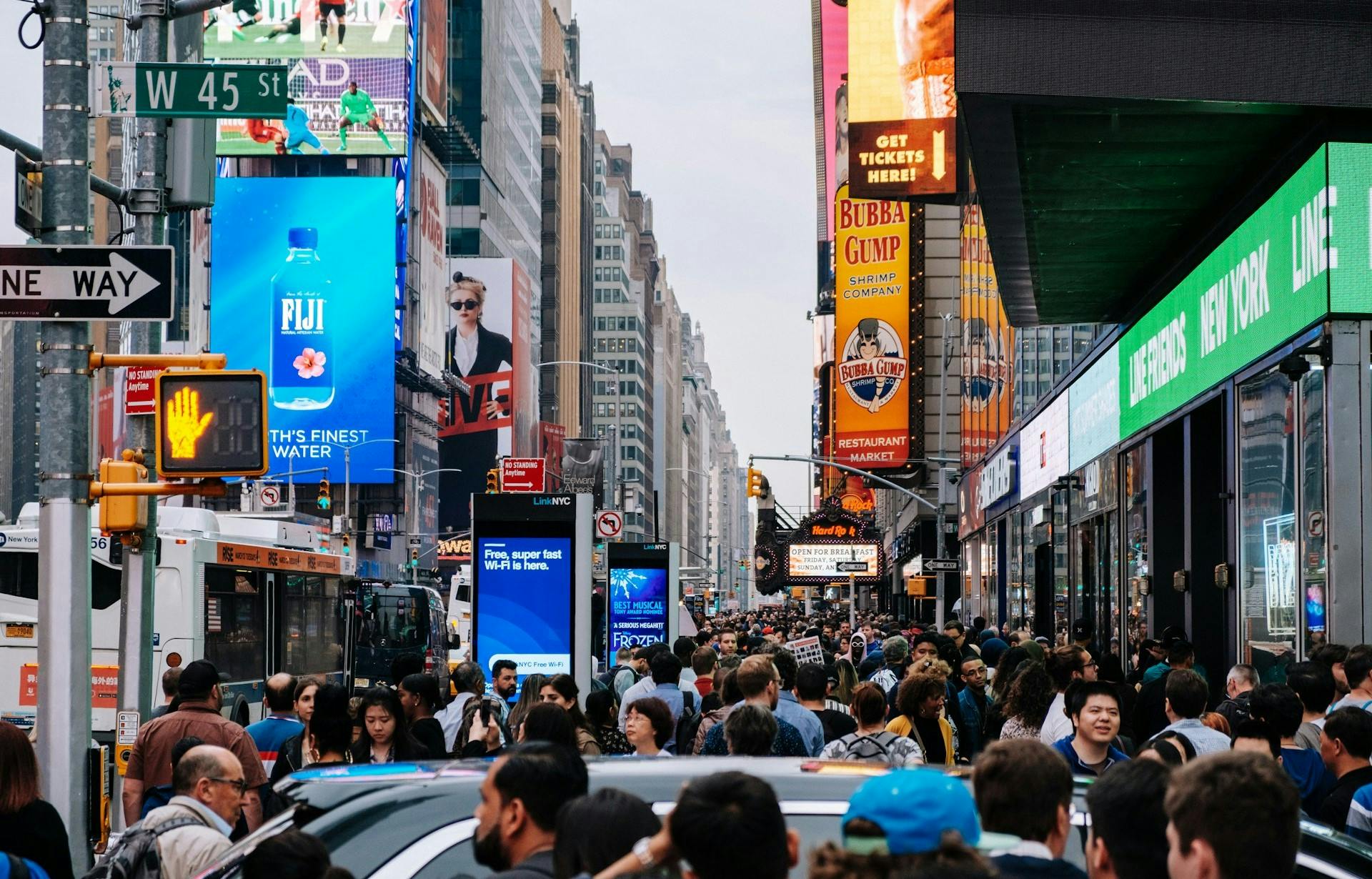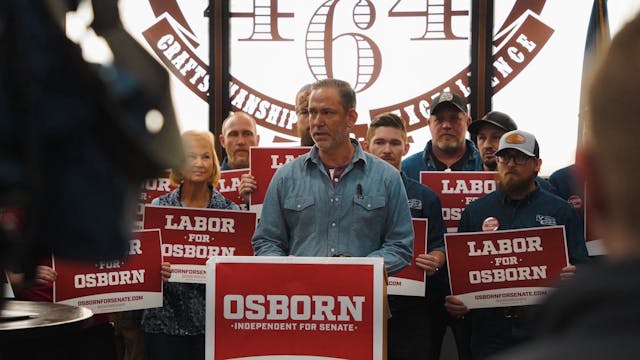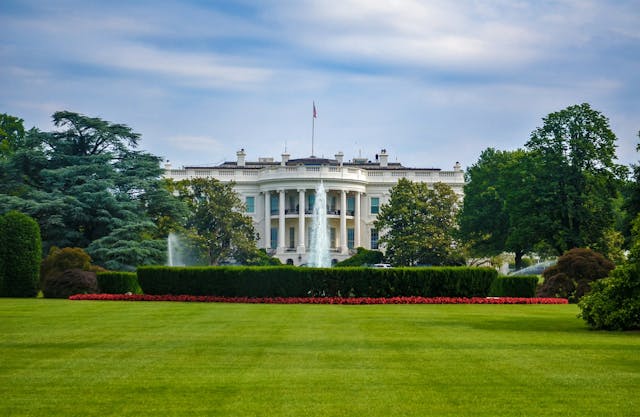A Look at the Millions of Taxpayers Denied an Equal Voice in Elections

Photo Credit: Kevin Rajaram on Unsplash
If there is one day out of the year that many Americans collectively dread it is April 15 -- Tax Day. But for millions of US voters, it is also a reminder that while they help foot the bill for elections, they are denied the right to an equal vote in them.
A February report from Unite America found that approximately 24 million voters who register or identify as independent are denied access to presidential primary elections in 22 states. These are taxpayers from all walks of life who are told that their right to vote is conditioned on joining a private political party.
And while more states have open primary processes for state, legislative, and US House and Senate elections, many of the voters who are told to sit out of presidential primaries receive the same treatment every election cycle despite most elections in the US being decided in taxpayer-funded primary elections.
To be clear, research shows that up to 92% of congressional districts in the US are not competitive-- meaning they are safe for the Republican Party or the Democratic Party. This means that in nearly all congressional races, partisan primaries effectively act as general elections.
This is why it is important to ensure all voters, regardless of party, have an equal voice in the process. Forcing party affiliation in order to have an equal vote not only violates the First Amendment of the US Constitution, but the equal protections clause of the Fourteenth Amendment.
In a taxpayer-funded process, all taxpayers (i.e. voters) should be treated equally. And the need for better electoral systems becomes more apparent when voters examine the segments of the eligible voting population that are most affected by independent voter suppression.
Veterans Are More Likely to be Independent
In 2017, Pew Research took a look at where veterans stand politically in comparison to the rest of the US. Its survey found that overall veterans were more likely to be politically independent compared to the rest of the US voting population.
At the time, 42% of all US adults surveyed identified as independent compared to 49% of all veterans surveyed. Across age groups veterans were more likely to identify outside the two major parties, but the largest gap was among veterans between the ages of 18 and 49.
Nearly 60% of young veterans identified as independent compared to 47% of all US adults in the same age group. Among college graduates, 54% of veterans said they were independent compared to 42% of all college grads -- which was a larger disparity compared to non-college grads.
Young Voters Continue to Buck the Partisan Status Quo
In August 2022, Gallup found that Millennial and Gen X voters were more likely to say they were independent compared to older generations. Over half (52%) of Millennials surveyed said they were independent compared to 44% of Gen Xers.
Voters under the age of 50 are the number one driver behind the surge in independent ID across the US. But there is more to the independent mindedness of young people and what it could mean for the future of the US electoral landscape -- especially as young people face archaic partisan primary systems.
Historically, as voters age they are more inclined to side with one party or the other. Younger voters have always been more independent, but historic trends show that when people get into their 30s and 40s, they settle with the Republican Party or the Democratic Party.
This isn't happening with Millennials. In fact, since Gallup started tracking independent identification within the generation in 2002, the percentage only climbed from 47% to 52% -- even as older Millennials reached their late 30s and early 40s.
And, Gen Z is more likely to be independent than the Millennial generation. Over half of Gen Zers were already independent when the oldest members of the generation reached voting age.
Independent Numbers Surge Among Latinos
The Latino population in the US has long been one of the fastest growing groups of voters. It is a population that is generally misunderstood by Democrats and Republicans alike because Latino voters are largely independent-minded.
Democrats often assume they have the support of Latino voters while Republicans generally ignore them. This has left many Latinos feeling forgotten or unheard because few candidates actually speak to them -- a situation made worse by an election system that ignores them as well.
Nationally, approximately a third of Latino voters are registered independent -- which does not speak to the voters who lean Republican or Democrat but are independent-minded.
The surge in independent voters across the country is seen in several social demographics. In greater numbers, voters of color are either identifying as or registering independent of political parties that have failed to represent their needs and interests.
And a major reason why these voters are not represented is the partisan primary system, especially in states that restrict access to party members only.
 Shawn Griffiths
Shawn Griffiths


